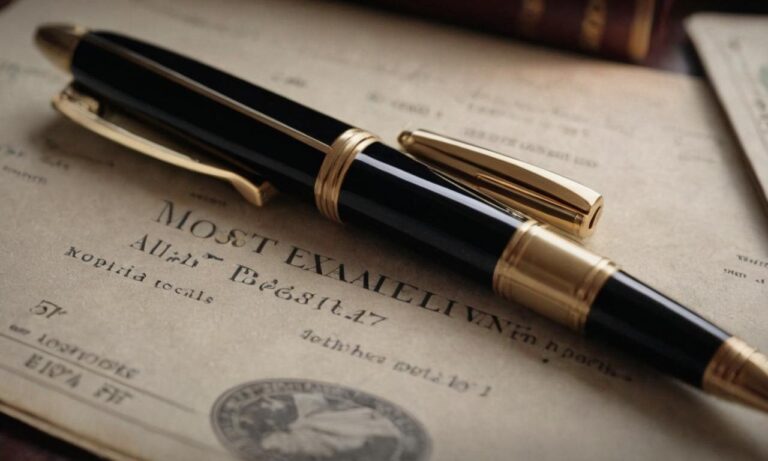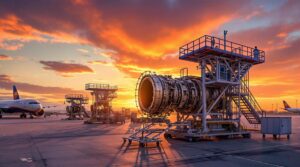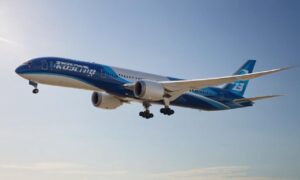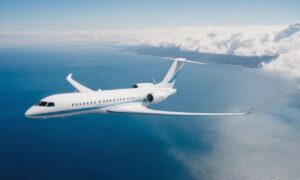In the realm of modern warfare, military aircraft play a pivotal role, serving as advanced technological marvels that not only ensure air superiority but also come with staggering price tags. The question that often arises in the minds of enthusiasts and military analysts alike is: What is the most expensive military aircraft?
Before delving into the specifics, it’s important to understand that determining the costliest military aircraft involves considering not only the initial manufacturing expenses but also the lifetime operational and maintenance costs. Additionally, advancements in technology and the inclusion of state-of-the-art features contribute significantly to the overall expense.
The F-35 Lightning II
At the forefront of this discussion is the F-35 Lightning II, a fifth-generation multi-role stealth fighter designed to excel in air-to-air combat, ground-attack, and reconnaissance missions. Developed by Lockheed Martin, this aircraft has garnered attention not only for its impressive capabilities but also for its substantial cost.
The F-35 program, encompassing variants such as the F-35A, F-35B, and F-35C, has been a flagship project for the United States and its allies. The complex nature of its design, incorporating cutting-edge technology and versatility, has contributed to its status as one of the most expensive military aircraft in existence.
Advanced Capabilities Come at a Price
What sets the F-35 apart is its ability to integrate seamlessly with modern military strategies, utilizing advanced avionics, sensor fusion, and stealth technology. These features, while enhancing its combat effectiveness, also contribute to the high production and maintenance costs associated with the program.
Moreover, the international collaborative effort involved in developing and manufacturing the F-35 adds another layer of complexity to its overall cost. Partner nations in the program, such as the United States, the United Kingdom, and others, share both the benefits and financial burdens of this cutting-edge aircraft.
Global Impact and Operational Deployments
The F-35 has become a symbol of military prowess and has seen widespread adoption by various nations around the world. Its deployment in diverse geopolitical contexts highlights its role as a versatile asset in modern air forces. However, the cost considerations persist, raising questions about the economic feasibility of sustaining large fleets of these high-tech aircraft.
Challenges and Controversies
While the F-35 stands out as a technological marvel, it has not been without its share of challenges and controversies. Delays in production, technical issues, and debates over the true effectiveness of its capabilities have fueled discussions within military circles and among defense analysts.
Despite these challenges, the F-35 remains a testament to the constant evolution of military aviation, pushing the boundaries of what is possible in terms of performance, stealth, and mission adaptability.
Looking Ahead
As technology continues to advance, the quest for the most expensive military aircraft will likely persist. New projects, collaborations, and innovations are bound to shape the future of aerial warfare, introducing aircraft that redefine the limits of both capability and cost.
Other Noteworthy Contenders
While the F-35 holds a prominent place in the realm of expensive military aircraft, it’s essential to acknowledge other contenders that also boast impressive capabilities and hefty price tags. One such aircraft is the Russian Sukhoi Su-57, a fifth-generation stealth fighter designed to rival its Western counterparts. The Su-57’s advanced technology and unique features contribute to its considerable cost.
Additionally, the Chinese Chengdu J-20, another fifth-generation fighter, has gained attention for its role in modernizing China’s air capabilities. The incorporation of cutting-edge electronics and stealth capabilities places the J-20 among the top-tier expensive military aircraft globally.
The Role of Unmanned Aerial Vehicles (UAVs)
As technological innovation continues, unmanned aerial vehicles (UAVs) have become integral to modern military operations. While they may not match the price tags of traditional fighter jets, the development and deployment of high-end UAVs, such as the General Atomics MQ-9 Reaper, raise questions about the evolving definition of expensive military assets.
The versatility and cost-effectiveness of UAVs, coupled with advancements in artificial intelligence, present a paradigm shift in military aviation. The integration of these technologies into air forces worldwide adds a new dimension to the discussion of costly military assets.
Frequently Asked Questions
| Question | Answer |
|---|---|
| What factors contribute to the high cost of military aircraft? | The high cost is influenced by factors such as advanced technology, stealth features, international collaborations, and lifetime operational expenses. |
| Are there other contenders besides the F-35? | Yes, aircraft like the Su-57 and J-20 are noteworthy contenders, each with its unique features and significant costs. |
| How do unmanned aerial vehicles impact the discussion of expensive military assets? | UAVs introduce a new dimension, showcasing advanced technology and cost-effectiveness, prompting a reevaluation of what constitutes an expensive military asset. |
Exploring Future Possibilities
Looking ahead, the landscape of expensive military aircraft is poised for further transformation. Ongoing research and development, as well as international collaborations, will likely bring forth new projects that challenge existing norms and redefine the boundaries of both capability and cost in the ever-evolving field of military aviation.






